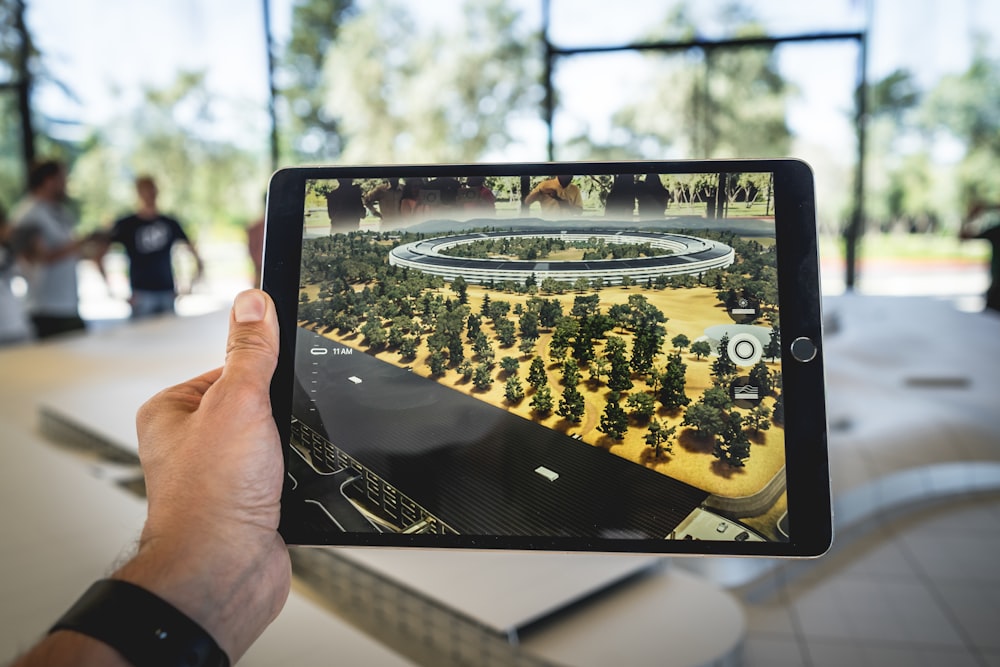Augmented Reality is becoming a significant part of our daily lives. It seems that more and more companies are realizing the potential that AR has in education and training. We can now bring augmented Reality into educational settings through mobile devices to enhance learning and help students and employees grasp each concept better. Here’s what you should know about augmented Reality and how it can be of help while teaching K-12:
1) Increases Engagement
According to Statista, almost half (45%) of all smartphone owners use their phones for playing games at least once a week (if not more). They also report that 77% of young smartphone users play games on their phones most frequently. This means that there is a perfect chance that your audience would want to try this augmented reality game. These include games like chess. Moreover, people also are getting chess classes online nowadays.
This augmented reality game helps people understand the symptoms of anaphylaxis, which can often be life-threatening if not treated right away. The app allows users to look at pictures of food items and cross-reference them with their symptoms after eating one. It’s a fun way to get students or employees engaged in learning about allergies!
2) Increases Retention
Augmented Reality can make learning memorable since it encourages active participation. According to researchers, “Learners who are actively involved in processing new information are more likely to remember the information compared to learners who are passive.” You can also increase understanding by getting learners involved in different aspects of AR technology, particularly when creating AR experiences.
3) Enhances Critical Thinking
Augmented Reality stimulates critical thinking in learners since it requires them to apply the knowledge they have learned about a certain topic to other situations. For instance, you can let students create their own augmented reality experience that teaches other people something new to enhance their learning experience further. This way, AR will help your audience learn and understand how each concept applies to real life.
4) Provides Experiential Learning
Your learners can interact with content in ways never possible before through “experiential learning”. There, the learner can see, hear and touch things through AR technology. For example, this interactive map lets users learn more about different cultures by placing images on top of a map. They can tap on the pictures to learn more about them.
This augmented reality app allows users to see how different people experience homelessness in the United States by focusing their device’s camera on various locations around town. They can also listen to stories from homeless individuals living in that community and share what they learn with others (using animations). There is no better way to bring such an insightful topic into your classroom than through AR technology!
5) Paves The Way To A Smart And Creative Workplace
There are many ways for skilled workers and employees to enhance their jobs using augmented reality technology. They can use it for training, instruction and collaboration (two-way or multi-way), among other things. They can also gain access to the tools and information they need for their jobs anytime and anywhere.
A great example is this augmented reality application that allows surgeons to visualize organs more clearly on a 3D hologram display of a patient’s body. Preparing them for surgery helps them avoid complications and complete the procedure as efficiently as possible.
Learn more about AR in Education: CleverBooks for Educators


